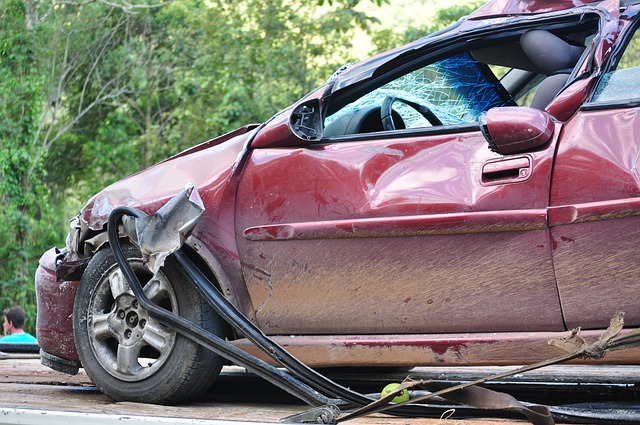Pedestrian accidents represent a significant public health issue, leading to severe injuries and fatalities that profoundly affect communities and individuals. Grasping the key factors contributing to these incidents is essential for developing effective preventative measures. If you or a loved one are affected by such an incident, engaging a seasoned pedestrian accident lawyer can be instrumental in establishing liability and navigating the legal complexities.
This comprehensive guide delves into the top five factors influencing pedestrian accidents, offering insights into their causes and proposing measures to bolster pedestrian safety.
Distractions: A Dual Threat
A primary cause of pedestrian accidents is the distraction plaguing both drivers and pedestrians. Activities such as conversing on the phone, listening to music, or texting divert pedestrians’ attention from their surroundings, escalating their risk of accidents. Conversely, drivers distracted by eating, phone use, or other tasks are less attentive, increasing the likelihood of colliding with pedestrians. It’s crucial for pedestrians to stay alert and for drivers to commit to distraction-free driving.
Substance Impairment: A Hazardous Influence
The influence of drugs and alcohol significantly contributes to pedestrian accidents. Intoxicated pedestrians may exhibit impaired judgment and coordination, inadvertently venturing into dangerous paths. Similarly, drivers under the influence suffer from decreased reaction time and blurred vision, heightening the risk of accidents. Addressing this issue demands stringent law enforcement, public education, and awareness campaigns about the dangers of substance use.
Traffic Law Compliance: A Safety Imperative
Ignoring traffic regulations is a common factor in pedestrian accidents. Pedestrians who flout traffic signals or cross recklessly create hazardous situations. Drivers, in turn, may struggle to react to unexpected pedestrian movements. Adherence to traffic laws by both parties is vital for road safety.
Infrastructure Quality: A Cornerstone of Safety
The design and maintenance of road infrastructure play a pivotal role in pedestrian safety. Neglected sidewalks, inadequate crosswalks, poor lighting, and lack of protective barriers are significant risk factors. Cities need to prioritize pedestrian-friendly infrastructure, including well-lit, clearly marked crosswalks and maintained sidewalks, to mitigate these risks.
Visibility Issues: A Crucial Factor
Poor visibility, particularly during adverse weather or at night, greatly contributes to pedestrian accidents. Factors like obscured road signs, inadequate lighting, and dark clothing worn by pedestrians can render them virtually invisible to drivers. Addressing visibility concerns through better lighting and removing visual obstructions is key to improving pedestrian safety.

Concluding Insights
In conclusion, pedestrian accidents are largely preventable through a combination of individual vigilance and systemic improvements. By understanding the critical factors involved, pedestrians can adopt safer practices, and drivers can become more aware of their responsibilities. Cities and communities can contribute by enhancing infrastructure and visibility.
As a pedestrian, it’s essential to adhere to road signs and guidelines to minimize accident risks. Furthermore, consulting a personal injury attorney can provide additional protection and guidance in the unfortunate event of an accident. By implementing these preventive measures, we can work towards a safer future for all road users.







